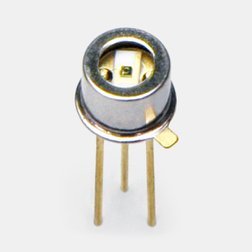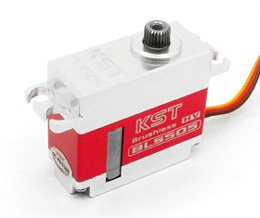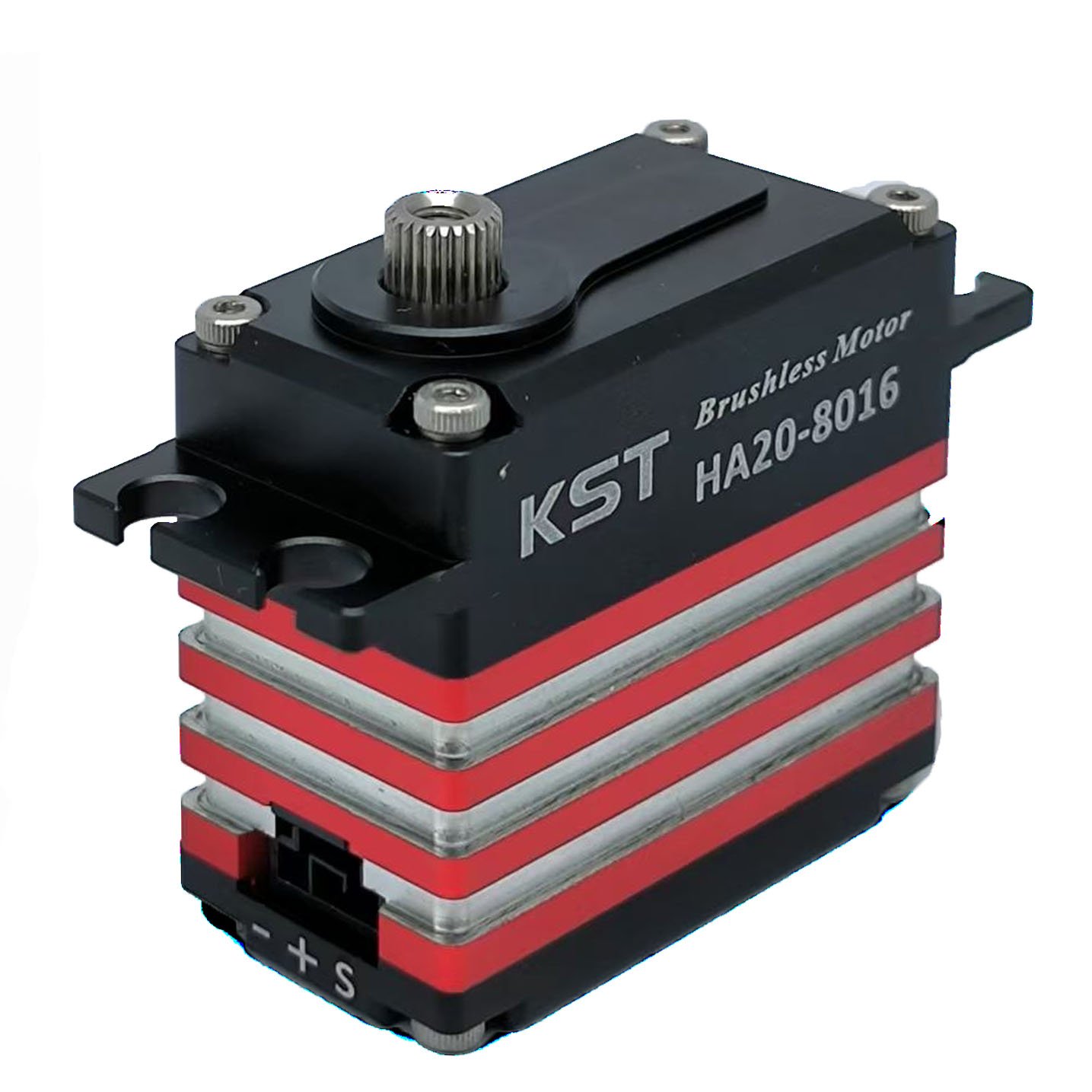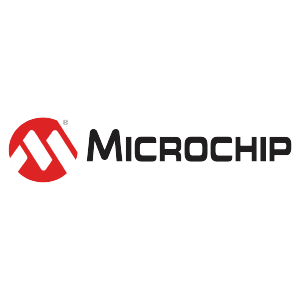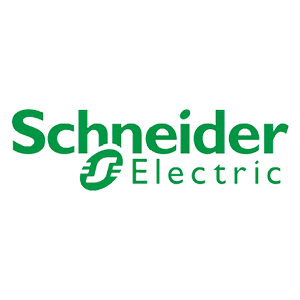What is Solder Flux?
Solder flux is a chemical agent used in soldering processes to facilitate the joining of metal surfaces by removing impurities and preventing oxidation. It is a critical component in achieving strong and reliable solder joints, particularly in electronics and electrical applications. Flux comes in various forms, including liquid, paste, and solid, and is selected based on the specific soldering requirements.
Functions of Solder Flux
- Cleaning the Surface: Flux removes oxides and contaminants from the metal surfaces to ensure a clean area for the solder to bond effectively.
- Preventing Oxidation: During the soldering process, heat can cause metals to oxidize. Flux creates a barrier that prevents oxidation, ensuring a smooth soldering process.
- Improving Wetting: Flux enhances the flow of molten solder, allowing it to spread evenly across the surfaces being joined.
- Promoting Adhesion: By cleaning and preparing the surface, flux helps the solder adhere more securely to the metals.
Types of Solder Flux
- Rosin-Based Flux:
- Derived from natural resins.
- Commonly used in electronics due to its non-corrosive nature.
- Requires cleaning after soldering to remove residue.
- Water-Soluble Flux:
- Made from organic acids.
- Easier to clean with water but more aggressive in action.
- Often used in applications requiring high reliability.
- No-Clean Flux:
- Leaves minimal residue that does not require cleaning.
- Ideal for applications where cleaning is impractical or unnecessary.
- Acid Flux:
- Highly aggressive and used for plumbing or metalwork, not suitable for electronics due to its corrosive nature.
How to Apply Solder Flux
- Step 1: Choose Braid Width and Solder Tip
- Select a width of braid that is approximately the width of the solder to be removed.
- Choose a solder tip with approximately the same width as the wick.
- Choose a desoldering braid that is coated with a flux that meets your requirements.
- Apply your own flux to unfluxed braid if use of a specific flux is required (not common).
- Step 2: Prepare Iron
- Clean the solder tip.
- Select a temperature of approximately 315°C (599°F), and adjust as needed.
- Clean the solder tip again before use.
- Step 3: Melt and Remove the Solder
- Place braid over the lead land junction.
- Place the iron tip on the braid directly over the solder to be removed.
- Allow heat to conduct through the braid to melt the solder.
- The braid will absorb solder using a wicking action.
- Use caution holding the braid, as heat will also travel through the braid.
- Additional flux may be added to the solder area or to the braid if wicking action is inadequate.
- Step 4: Remove the Braid
- Remove the soldering iron and the braid at the same time immediately when wicking action has ceased.
- Applying heat for too long can increase the chance of damaging the land.
- Trim away used areas of the braid.
- Step 5: Remove the Component
- If necessary for a clenched lead, bend the lead to a vertical position to allow for component removal.
- Remove solder for the exposed side of the lead.
- Remove the component carefully.
- Repeat the process to remove solder from additional connections.
- Skip and alternate connections to avoid applying excess heat on multileaded devices with close leads.
- Apply more solder and repeat the desoldering process in cases where there is a small amount of unreachable solder holding a lead in place.
- Step 6: Clean
- Remove flux residue using a cleaner like a flux remover pen or aerosol flux remover.
- Clean and inspect the area thoroughly.
Tools & Materials
- Cleaner like flux remover pen or aerosol flux remover
- Desoldering wick
- Soldering iron with tips
- Solder sponge or brass tip cleaner
- Shear cutters
- Tweezers
- Flux pen
Safety Precautions
- Ventilation: Always work in a well-ventilated area to avoid inhaling fumes.
- Protective Gear: Wear gloves and safety glasses to prevent skin and eye contact.
- Storage: Store flux in a cool, dry place away from direct sunlight and heat sources.
Choosing the Right Solder Flux
Selecting the right flux depends on your specific application. For electronics, rosin-based or no-clean fluxes are generally preferred, while plumbing and heavy-duty applications might require acid flux. Always consider the compatibility of the flux with the metals and solder being used.
Conclusion
Solder flux is an indispensable tool in soldering, ensuring strong and reliable connections. By understanding its types, functions, and proper usage, you can achieve optimal results in your soldering projects. Whether you’re working on intricate electronics or heavy-duty metalwork, the right flux makes all the difference.










